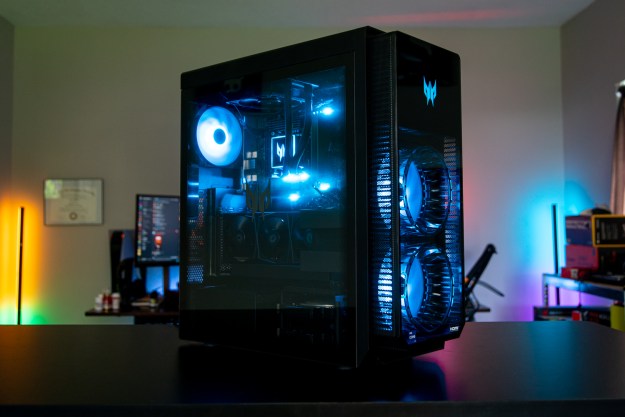
Microsoft’s awesome and lovely Windows Insider program lead Dona Sarkar announced the release of 14901 on Thursday, which includes new notifications within File Explorer. This build doesn’t offer anything else new, but is part of the company’s current focus on making structural improvements to OneCore, the “heart” of Windows 10 that spans PC, tablet, smartphone, Xbox, HoloLens, and IoT devices. This work is expected to create bugs and “other issues,” so its release isn’t all that exciting on the feature front.
Still, many Insiders in the Fast Ring want to stay current. Participants who have yet to receive the latest build were encouraged to visit this thread, which provided a (silly) checklist for participants to make sure they really are set up for the Fast Ring, such as check the actual setting, make sure the Microsoft Account is registered, make sure its running an approved language, and make sure the machine states that it’s ready for Insider Preview builds. If all looks OK, then participants were to make a note in the thread. Sigh.
“While we knew there would be an initial delay for users due to targeting updates from the build change, there are many users who are still not receiving this new build,” said a Microsoft forum moderator. “We are actively investigating this and need your assistance with information to investigate.”
Many users reported that they fixed the “stuck” issue by changing their machine from the Fast Ring to the Slow Ring, rebooting the machine, and then switching back to the Fast Ring. After this process was completed, the new build notification took around 30 minutes to reach the “fixed” machine.
However, the thread now reports that Microsoft uncovered the cause of the delayed rollout, meaning the settings on participants’ machines didn’t magically change for some unknown reason. The company made a few additional “targeting changes” on its end, which should fix the “stuck” issue many participants are currently facing. This update was made at 10:45 a.m. PT on Friday, indicating that the changes would take up to 60 minutes to reach the affected machines.
For this specific Insider, that was two hours ago, and Windows 10 Insider Preview 14901 is now downloading. Again, there’s no real reason to pop open a bottle of wine over this build other than the fact that the preview flow now resumes to Fast Ring participants. As always, if Insiders have issues with this specific build, jump into the Feedback Hub app and provide the details. If the builds are getting too hairy due to the work on OneCore, participants can always move to the Slow or Release Preview rings.
Editors' Recommendations
- Microsoft may fix the most frustrating thing about Windows updates
- How to remove a Microsoft account from Windows 11
- I hope Microsoft adds this rumored AI feature to Windows 11
- This new Windows 11 feature is a great addition for PC gamers
- Microsoft teases design overhaul of major Windows 11 app


